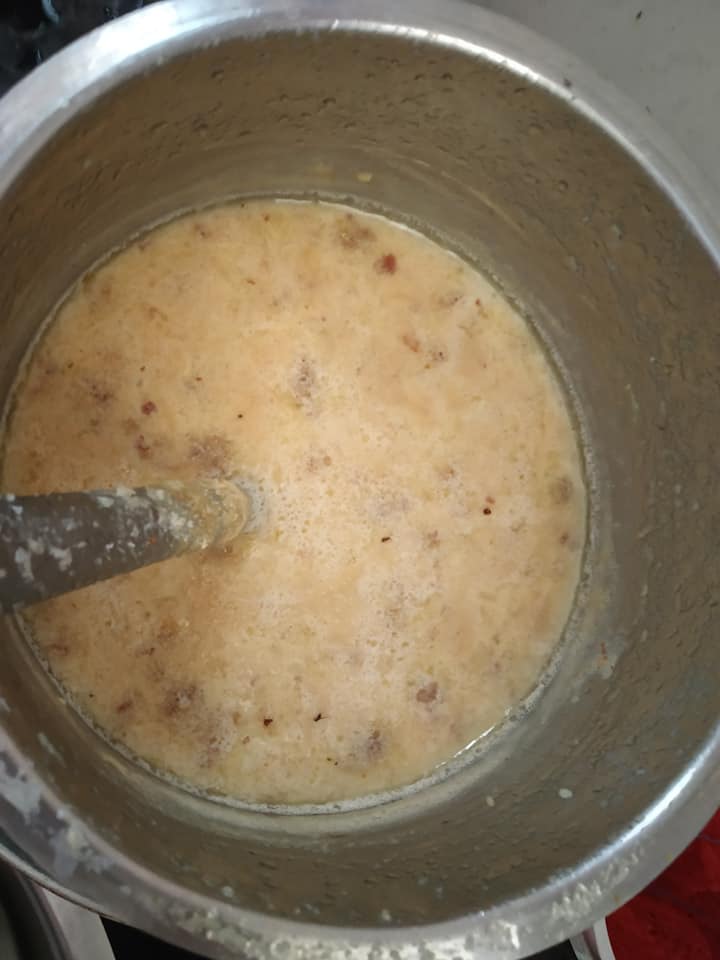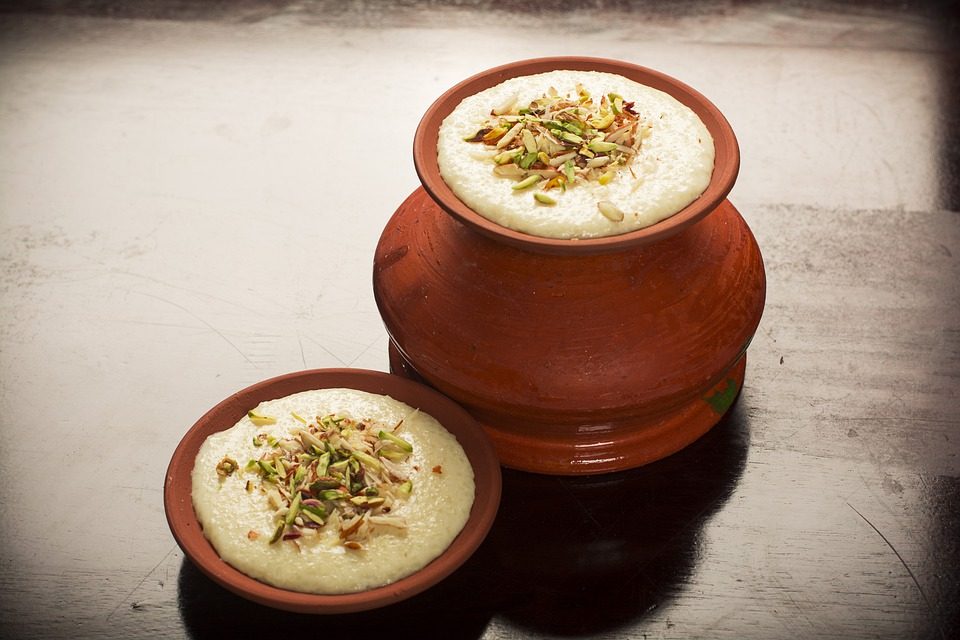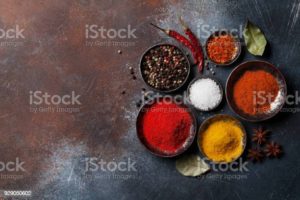Getting the Nolen gur’er payesh recipe right is one of life’s most rewarding experiences. It is also referred to as khejur patali gur’er payesh is a sweetener, this Bengali recipe is an after-meal dessert. Whether you call it ‘payesh’ or ‘payasam’ or ‘kheer’, this is often one among those quintessential Indian sweet dishes that transcends cultures and cuisines.
Nolen gur’er payesh is formed by boiling rice and milk together till a creamy reduction. it’s a Bengali winter specialty since nolen gur is out there during the season. utilized in a good sort of Bengali sweet dishes during the winter months, nolen gur brings a depth of flavor and smell, additionally to mellow sweetness, to whatever dish it’s added.
The key ingredients required for creating an honest payesh are fragrant gobindobhog rice, full-fat milk, and good-quality Nolen Gur. The milk to rice ratio is sort of high during this recipe (1-liter milk for 50g rice). The fat in milk lends creaminess to the payesh and starch in ‘new’ rice helps thicken it .
INCREDIENTS
- 1 litre full-fat milk
- 50 g new gobindobhog rice
- 150 g Nolen Gur (date palm jaggery)
- 20 g cashew
- 10 g raisins (soaked and drained)
- 10 g ghee

METHOD
- Soak the rice in water for half-hour. Don’t overwash the rice as we don’t want to lose an excessive amount of starch.
2. After a half-hour, strain the rice and spread it to dry. Coat the soaked rice in ¼ tsp of ghee and put it aside.
3. Soak the raisins in some water to permit them to swell. Heat ghee during a pan and fry the cashew nuts on medium heat until they’re golden. Remove from the pan and put aside.
4. Transfer the milk to a pan or kadhai. On medium heat, await it to return to a boil. then, reduce the milk for about a quarter-hour. Stir regularly in order that the milk doesn’t catch rock bottom or sides of the pan.
5. Add the ghee-coated rice to the milk and keep cooking on low heat until the rice is fully cooked. this may require patience, as at several points it’ll appear as if the rice has cooked.
6. However, you would like to stay boiling it until you reach a stage where a grain mashed between your fingers faces no resistance in the least. It should be mushy soft, as the rice will harden when payesh is cooled.
7. Stir gently throughout this process. Not only will that make sure that the payesh doesn’t burn, but stirring also will release the starch from the rice, which can help thicken the payesh.
8. Now is it’s time to feature the gur. But you would like to make certain of two things before that.
(a) The rice should be fully cooked because after adding the gur, the rice won’t cook any longer.
(b) The payesh should be slightly thicker than how you really want it as gur will loosen it up slightly. Right. Now close up the warmth and add the gur, alongside salt, soaked raisins, and fried cashew. Keep the heat turned off as any impurities within the gur will cause the milk to separate. Fold everything in the pan. Allow the residual heat to melt the gur fully.
Serve hot or cool.


0 comments on “Nolen Gurer Payesh”Add yours →